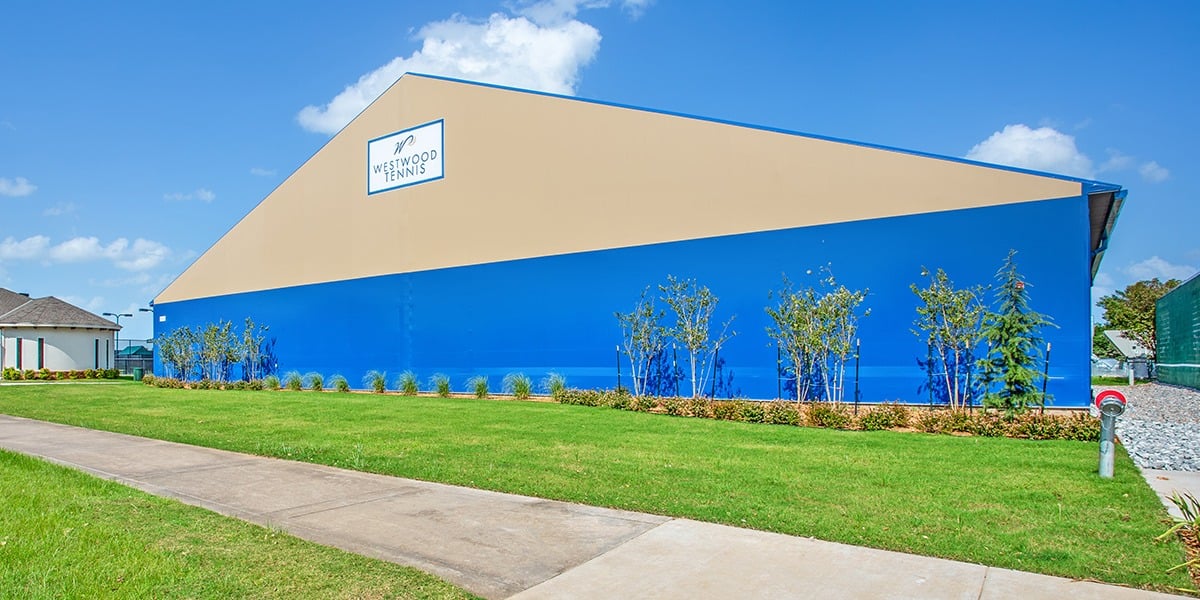Are All Fabric Structures the Same? A Primer

To those of us who eat, sleep and breathe fabric structures, the answer to this is an obvious “no.” If you are just beginning to investigate the topic, however, it isn’t as clear cut.
That’s why we wanted to compile a list of the fabric structures currently available, with a little about each of them. We hope this gives you a good overview of the options, the differences and the advantages in fabric buildings. We also hope this will help you make decisions about what you need in a building as you proceed in your investigations. Print it out for a handout at upcoming meetings or copy and paste it into a PowerPoint deck.
Fabric-clad rigid frame
This category includes the tension fabric structures from Legacy. The rigid frame is self-supporting; the fabric does not provide any structural support (nor can it according to building codes). The structural frames are typically designed with tried and tested Metal Building Rigid frame design software, used by hundreds of metal building manufacturers around the world. The exterior cladding creates the walls and roof. The buildings can be entirely customized, and the frames can be designed to carry significant loads.
Open-web trusses
This is the most common type of fabric building, and the support comes from a truss made up of a top chord, a bottom cord, and a zig-zag of support pieces between them. The web trusses can have a shape other than a hoop and some have individual bays (Keder panels). Some open web truss structures can be used in applications requiring permitting or an engineer’s stamp. They can be customized but typically have preset widths and frame profiles.
Single-tube structures
Using single tubes to create the arch, this structure is typically a series of half-hoop supports with a single monocover stretched over it. They are popular as temporary structures and typically do not span more than 40’ wide. Most are not an “engineered” structure and can often only be built in locations where permits are not required.
Tensile fabric structures
These are generally a combination of poles and cables and fabric working together, from an engineering perspective. They are generally seen as architectural covers over public monuments, playgrounds, airport terminals, etc. The roof of the Denver airport is one of the more visible examples.
Air-supported Dome
These enclosures are fabric structures supported by internal air pressure, without other sources of support. They are typically inexpensive and set up quickly. They are also vulnerable to weather and generally have high operating costs to keep the air-supported dome inflated and heated or cooled.
Event Tents
Typically what you find at rental companies, they are common for weddings, graduations, festivals and other events.
Rapid-deployment tents
Though they are not completely different from the “tents” above, these are primarily designed for the military. They are at the higher end of the quality spectrum (designed for more extended use), and they require minimal effort to assemble and disassemble in terms of manpower and equipment.
Small frame Buildings
Designed for residential backyards, they are typically sold at big box stores such as Home Depot or Lowes.
That’s a quick run-down of the fabric structures that make up the industry. We hope that will give you the overview you need to begin your research. If you want to ask about Legacy’s tension fabric structures, please contact us.
Subscribe to our Blog
Recent Posts
- 5 Factors Every Project Owner Should Consider Before Approving Building Materials
- The 20-Year View: How Material Choices Impact Long-Term Operational Costs
- Climate Resilience in Commercial Construction: Why Traditional Methods May Not Be Enough
- Speed and Quality: The Role of Hybrid Building Materials
- Beyond the Bleachers: Designing Visually Striking Sports Facilities

